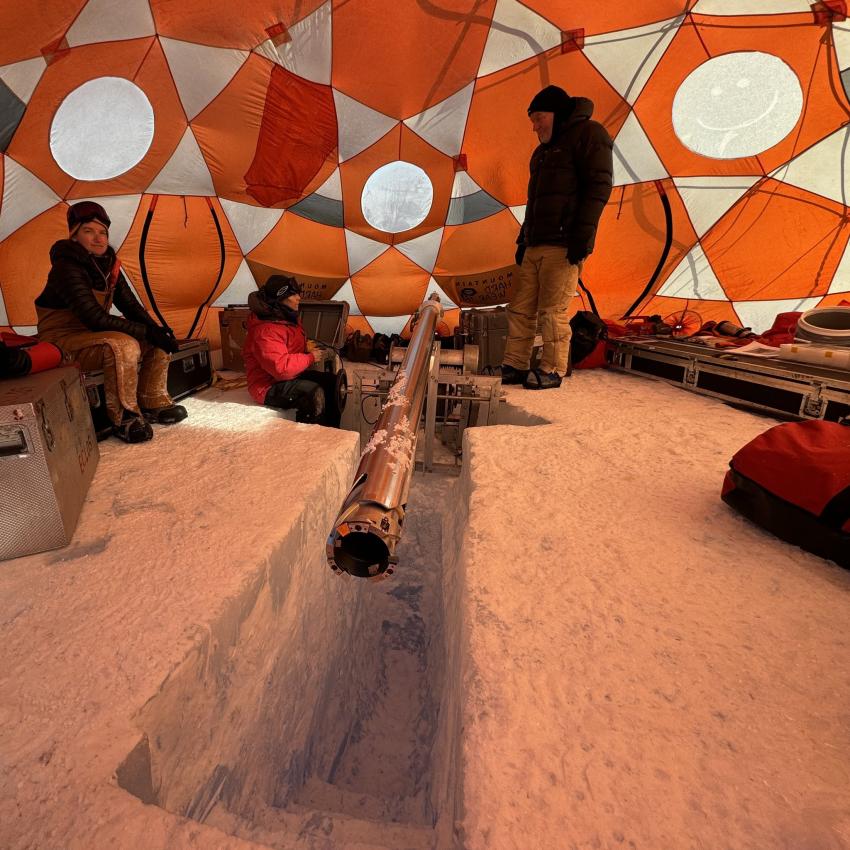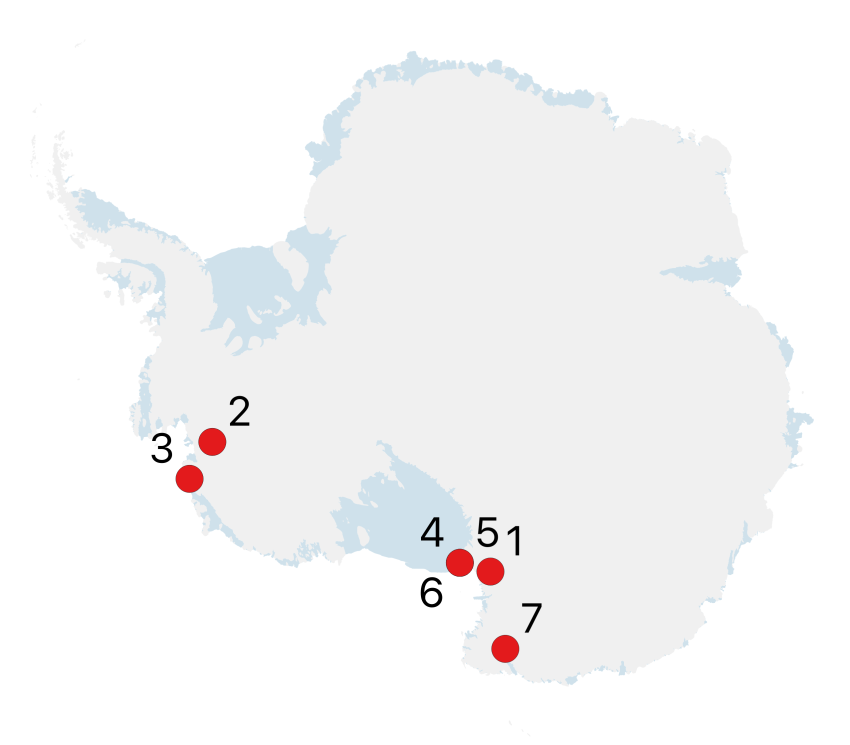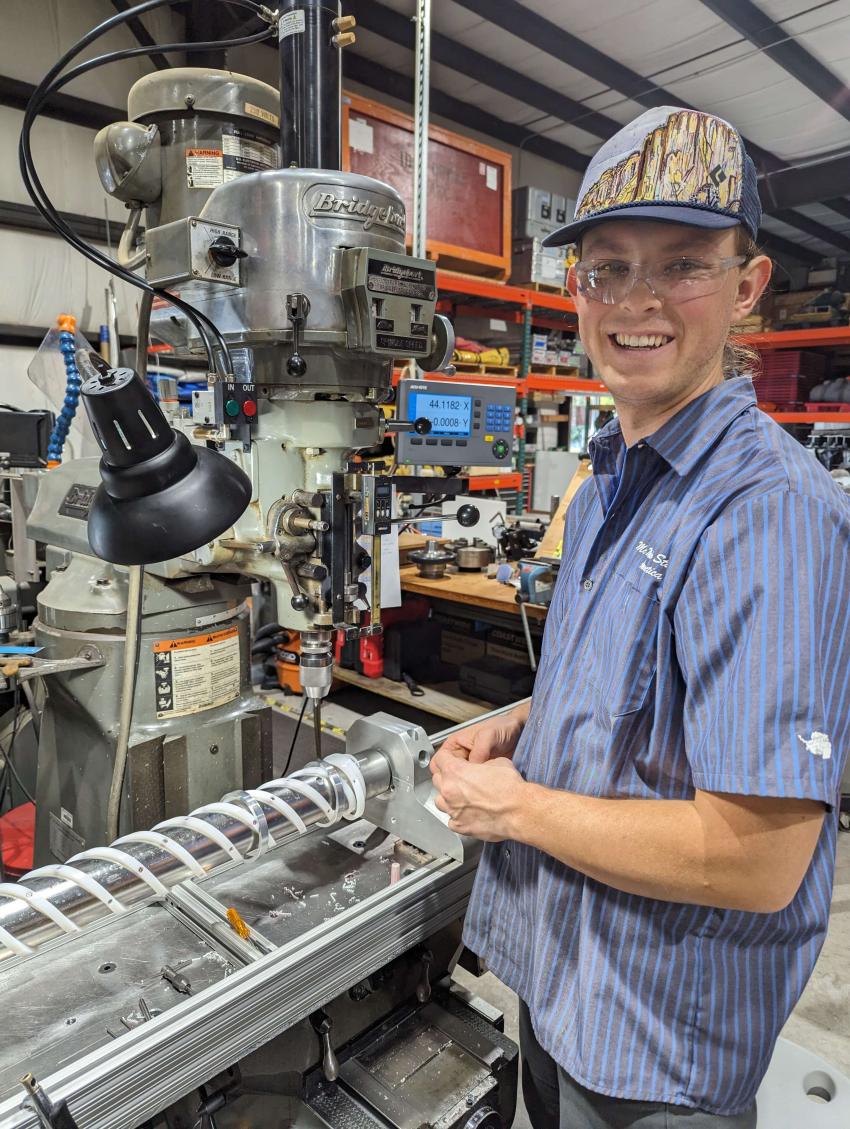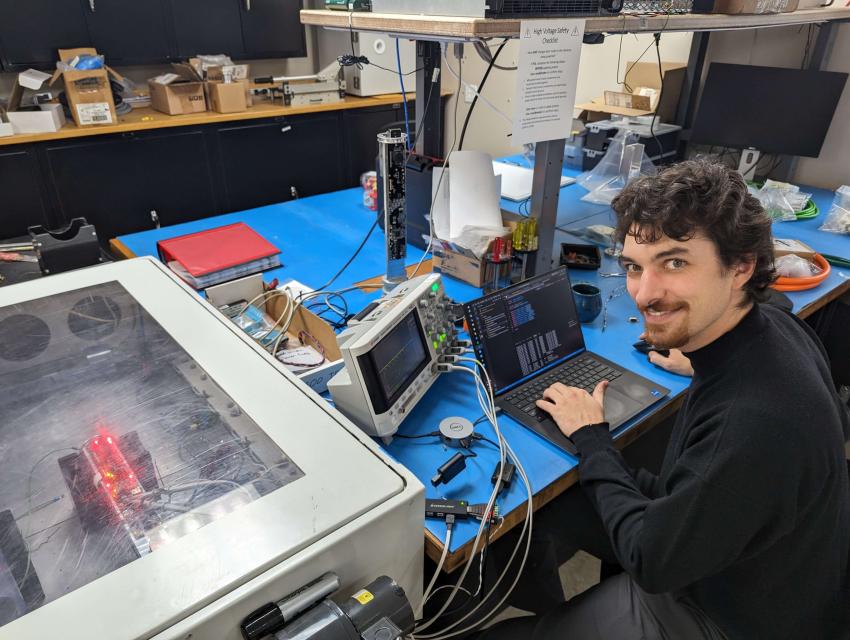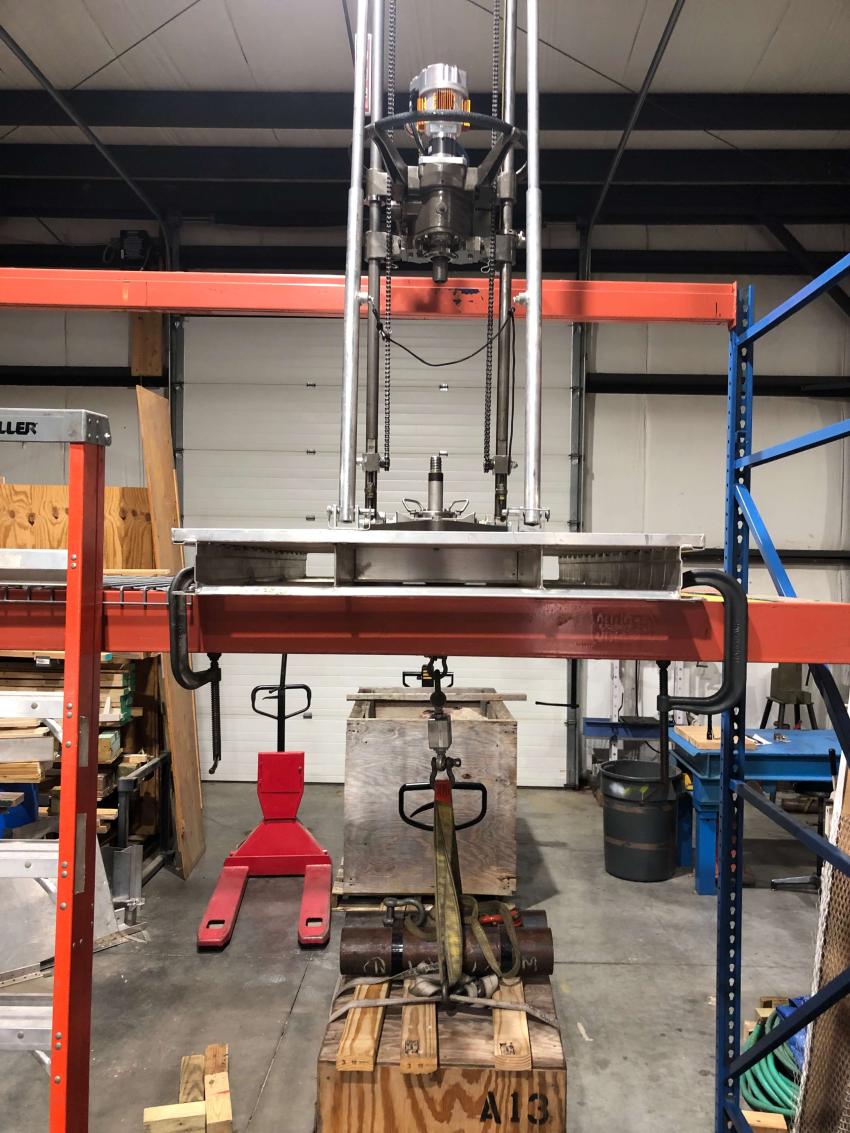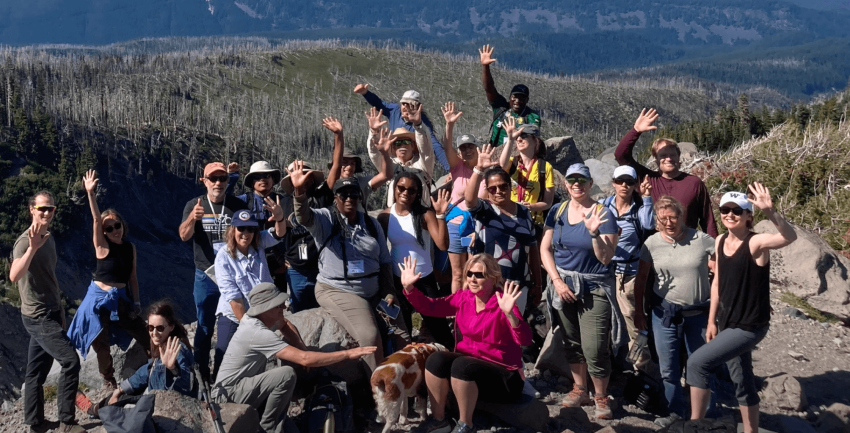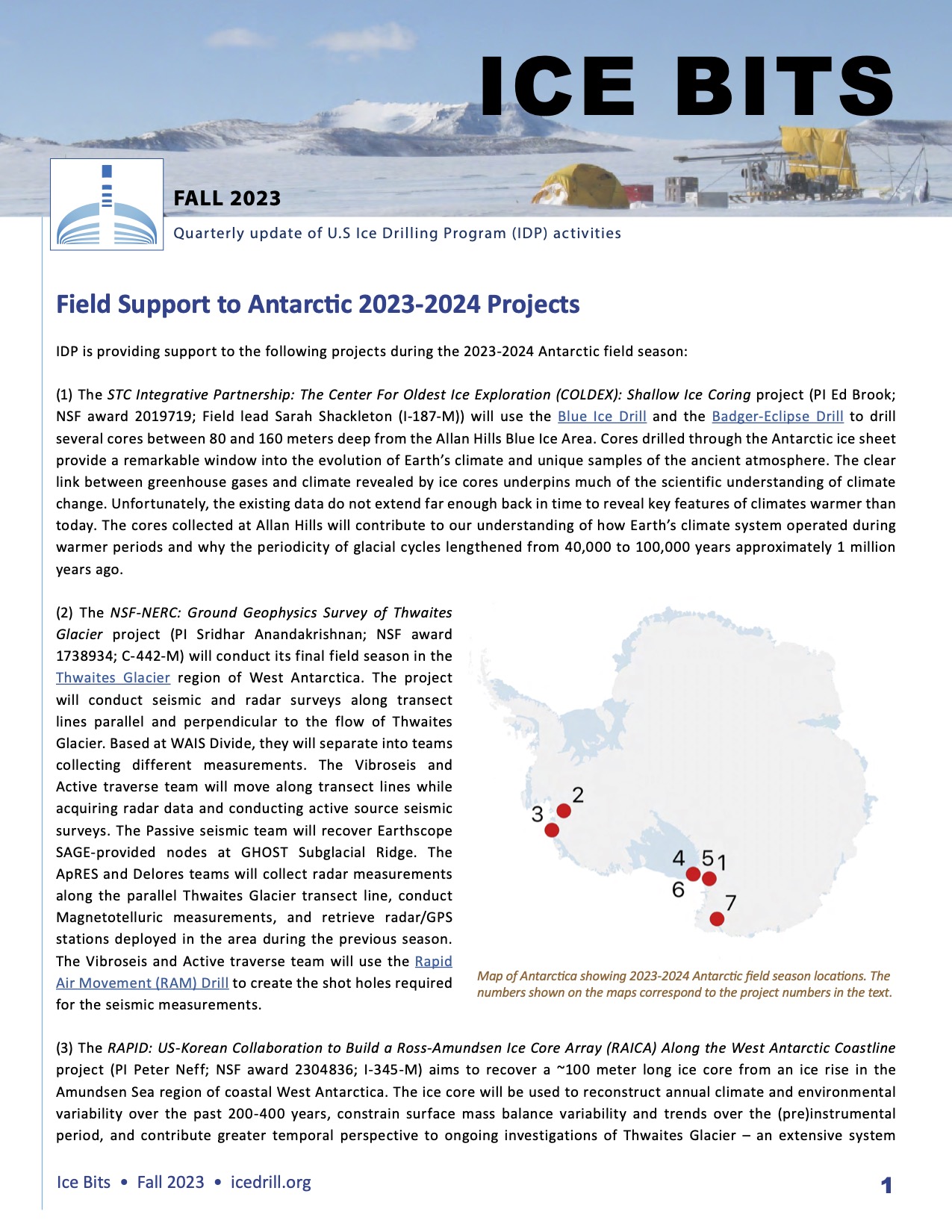IDP is providing support to the following projects during the 2023-2024 Antarctic field season:
(1) The STC Integrative Partnership: The Center For Oldest Ice Exploration (COLDEX): Shallow Ice Coring project (PI Ed Brook; NSF award 2019719; Field lead Sarah Shackleton (I-187-M)) will use the Blue Ice Drill and the Badger-Eclipse Drill to drill several cores between 80 and 160 meters deep from the Allan Hills Blue Ice Area. Cores drilled through the Antarctic ice sheet provide a remarkable window into the evolution of Earth’s climate and unique samples of the ancient atmosphere. The clear link between greenhouse gases and climate revealed by ice cores underpins much of the scientific understanding of climate change. Unfortunately, the existing data do not extend far enough back in time to reveal key features of climates warmer than today. The cores collected at Allan Hills will contribute to our understanding of how Earth’s climate system operated during warmer periods and why the periodicity of glacial cycles lengthened from 40,000 to 100,000 years approximately 1 million years ago.
(2) The NSF-NERC: Ground Geophysics Survey of Thwaites Glacier project (PI Sridhar Anandakrishnan; NSF award 1738934; C-442-M) will conduct its final field season in the Thwaites Glacier region of West Antarctica. The project will conduct seismic and radar surveys along transect lines parallel and perpendicular to the flow of Thwaites Glacier. Based at WAIS Divide, they will separate into teams collecting different measurements. The Vibroseis and Active traverse team will move along transect lines while acquiring radar data and conducting active source seismic surveys. The Passive seismic team will recover Earthscope SAGE-provided nodes at GHOST Subglacial Ridge. The ApRES and Delores teams will collect radar measurements along the parallel Thwaites Glacier transect line, conduct Magnetotelluric measurements, and retrieve radar/GPS stations deployed in the area during the previous season. The Vibroseis and Active traverse team will use the Rapid Air Movement (RAM) Drill to create the shot holes required for the seismic measurements.
(3) The RAPID: US-Korean Collaboration to Build a Ross-Amundsen Ice Core Array (RAICA) Along the West Antarctic Coastline project (PI Peter Neff; NSF award 2304836; I-345-M) aims to recover a ~100 meter long ice core from an ice rise in the Amundsen Sea region of coastal West Antarctica. The ice core will be used to reconstruct annual climate and environmental variability over the past 200-400 years, constrain surface mass balance variability and trends over the (pre)instrumental period, and contribute greater temporal perspective to ongoing investigations of Thwaites Glacier – an extensive system that will contribute significantly to global sea level rise for centuries to come. This project collaborates with Korean Polar Research Institute (KOPRI) scientists and is supported via the KOPRI icebreaker RV ARAON. Martin Peninsula, between the Getz Ice Shelf and the Dotson Ice Shelf, has been chosen as the primary site based on existing airborne snow radar data and the high snow accumulation rate, which preserves high-resolution paleoclimate information. The specific drill site will be chosen based on scientific value and logistical constraints associated with the RV ARAON cruise.
(4) The Sea-Ice Snow Microbial Communities’ Impact on Antarctic Bromocarbon Budgets and Processes project (PI Karen Junge; NSF award 2031121; B-321-M) will test if bromocarbons in sea ice are produced and degraded by microalgae and bacteria found in sea ice, snow, and the interface between the two. The researchers will use a Kovacs Hand Auger to drill several cores (up to 24) through ~2.5 meters of sea ice twice per week for six weeks. The cores will be used to collect chemical and biological measurements of sea ice and snow to determine bromocarbon concentrations, microbial activity associated with them, and intra-cellular genes and proteins involved in bromocarbon metabolism. Bromocarbons are known to contribute to stratospheric ozone depletion over Antarctica. This project will test if they are produced and degraded by algae and bacteria found in sea ice, snow, and the interface between the two.
(5) The CRREL Support to the Leverett Glacier project (PI Renee Melendy; T-941-M) involves a ground campaign utilizing ground penetrating radar (GPR) surveys to validate remote sensing imagery to find a less crevassed route to Leverett Glacier. As part of the fieldwork, the team will collect snow property data (snow density and hardness) to determine best-practice snow bridge crossing criteria for the area and ice velocity movement data using GPS station installations. The team will have an IDDO Hand Auger with them.
(6) The Cold Regions Research and Engineering Laboratory (CRREL) Activities: McMurdo Shear Zone project (PI Renee Melendy; T-940-M) will provide annual shear zone crevasse detection and mitigation for the South Pole Traverse (SPoT). The team will have an IDDO Hand Auger with them.
(7) The Collaborative Research: Site Survey for Subglacial Bedrock Exposure Dating at the Margin of the Wilkes Basin in Northern Victoria Land project (PI Greg Balco; NSF award 1744844; I-158-M) aims to establish, through direct geological evidence, whether complete deglaciation of East Antarctic marine basins took place during past warm-climate periods. The researchers will assess the feasibility of achieving this goal using cosmogenic-nuclide measurements on bedrock buried under the ice sheet. During the single field season (2023-24) reconnaissance and site survey, the researchers will conduct snowmobile-towed radar surveys, geologic mapping, and rock/sediment sampling at several sites in the western Outback Nunatacks region of northern Victoria Land. The researchers will also have a Kovacs Hand Auger with them.


